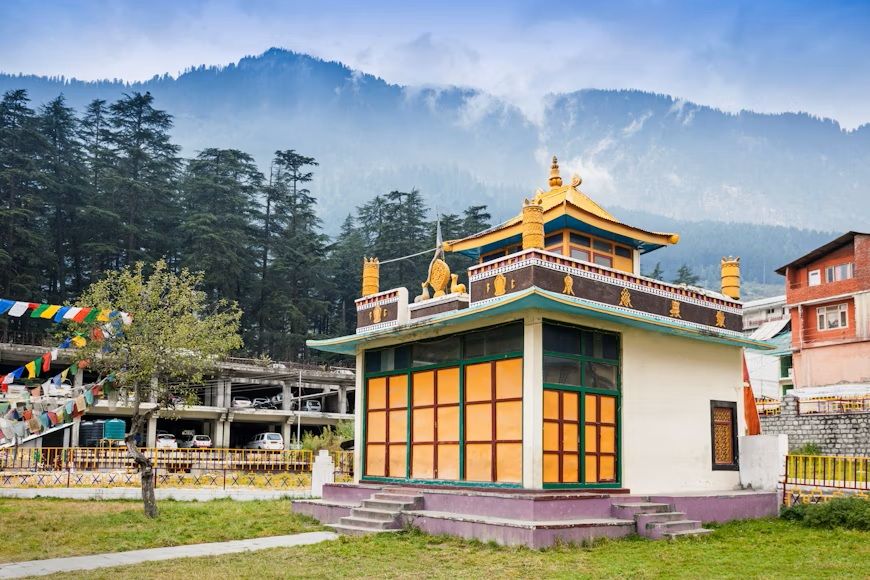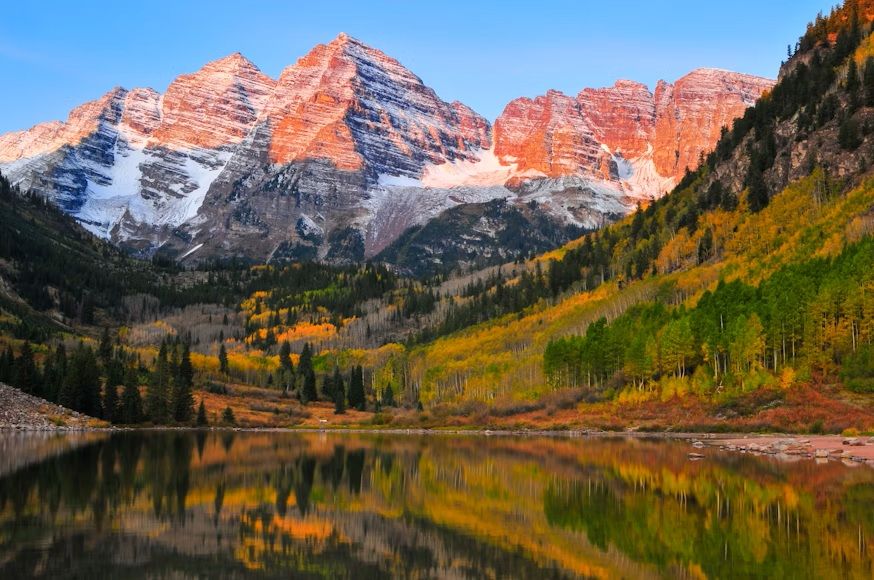Ask GRAI Anything
Your Real Estate Questions, Answered Instantly via Chat


Help us make GRAI even better by sharing your feature requests.

There was a time when mountain towns were seasonal - alive in winter, asleep in summer.
Now, they’re always awake.
From the Swiss Alps to the Himalayas to the Rockies, a new kind of migration is transforming altitude into an asset. What started as a lifestyle trend during lockdowns has become a structural shift in global real estate: the rise of the mountain economy.
Switzerland: Luxury at Altitude
The Alpine market has seen a near decade-long surge, but 2025 marks a new phase - driven less by tourism and more by permanent relocation.
According to the Swiss National Bank, residential property prices in mountain regions are up 30% since 2020, outpacing Zurich and Geneva. Demand is now being driven by high-income expats and global remote professionals drawn to stability, safety, and climate comfort.

Switzerland’s mountain towns are no longer holiday homes - they’re climate refuges.
Himachal Pradesh: India’s High-Altitude Housing Boom
Manali, Dharamshala, and Kasol - once budget backpacker towns - now see urban professionals and content creators moving in long-term.

New hybrid infrastructure - better internet, solar housing, and remote-work cafés - is fueling migration.
But so are heat waves in Delhi and Punjab, which hit 48°C in May 2025.
As a local agent put it:
“The mountains aren’t vacation homes anymore. They’re climate insurance.”
Colorado: The American Alps
Colorado’s high-altitude real estate is booming - again - but with different buyers. Unlike the 2000s, today’s demand is led by remote professionals, digital entrepreneurs, and retirees seeking permanent mountain lifestyles.
Mountain home sales in 2024 rose 16% YoY.
Median home prices in Aspen and Telluride exceed $1.2 million, 2X 2019 levels.
The state introduced short-term rental caps in 2025 to ease housing shortages for locals.

But affordability for residents has collapsed:
In Summit County, the price-to-income ratio hit 17:1, making it one of the most unequal housing markets in America.
Also Read: Asunción Real Estate Guide for Digital Nomads 2025
A decade ago, mountain migration was about lifestyle.Today, it’s about climate resilience.
The Knight Frank Global Buyer Survey 2025 found that 38% of international buyers now factor climate risk into property decisions - up from just 10% in 2019. Mountain markets - cooler, stable, and less flood-prone - are seen as the new “safe assets.”
Booms always have casualties.
In Zermatt and St. Moritz, local hotel workers are living in campers as luxury buyers convert staff housing into Airbnbs.
In Himachal, locals face land scarcity as demand spills into agricultural zones.
In Colorado, school districts are losing teachers who can’t afford rent.
Tourism boards are warning of a “mountain paradox”: booming economies, vanishing communities.
As an Innsbruck economist put it:
“The new crisis isn’t depopulation - it’s displacement by prosperity.”
Must Known: Airbnb in 2025: Global Challenges, Smart Strategies, and How GRAI Helps Hosts Win
The “mountain boom” is powered by three structural levers:
| Driver | Effect | Data Point |
|---|---|---|
| Remote work permanence | Expands global buyer base | 41% of professionals still hybrid (McKinsey, 2025) |
| Climate migration | Pushes demand to cooler regions | +25% YoY relocation to mid-altitude zones (OECD) |
| Short-term rentals | Reduces supply for locals | Airbnb listings up 33% in alpine & hill regions |
These trends converge to form a new, cross-border property class: climate-resilient elevation real estate.
For global investors, mountains now function as counter-cyclical assets: stable demand, finite supply, and emotional value. But sustainability and access will define returns.
Opportunities: eco-resorts, remote work hubs, long-stay rentals.
Risks: overdevelopment, infrastructure strain, regulatory pushback.
As remote work matures and climate instability grows, mountain economies could evolve into a core defensive segment of global property portfolios.
With GRAI, you can simulate the economics behind the beauty:
“Forecast property appreciation in alpine regions under continued remote work adoption.”
“Compare ROI across Himachal, Colorado, and the Alps using climate-risk weights.”
“Model tourism vs long-stay rental yields under local housing caps.”
“Analyze affordability gaps between remote-worker income and local wages.”
Find the Smartest Mountain Investments with GRAI: https://internationalreal.estate/chat
The mountains are no longer just places to visit.
They’re places to outlast.
But with every new arrival, the dream of serenity edges closer to the pressures of the city they left behind.
In an era where climate, technology, and capital converge, the question isn’t whether mountain real estate will keep rising - it’s who will still be able to afford the view.